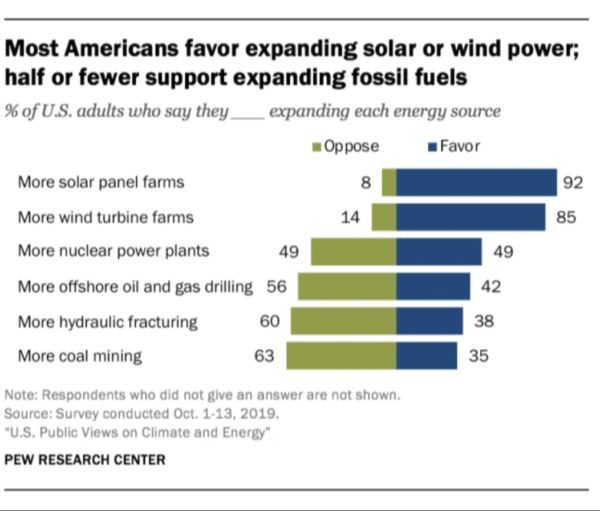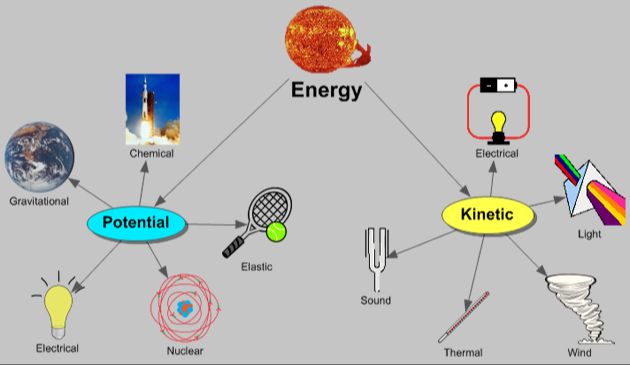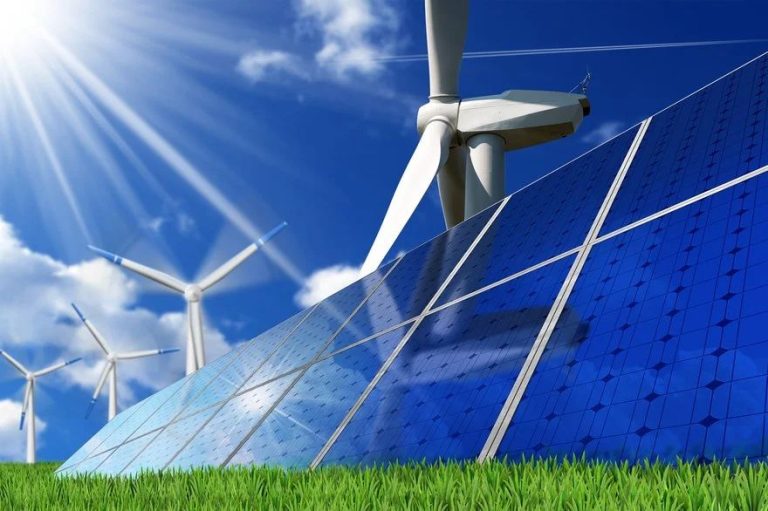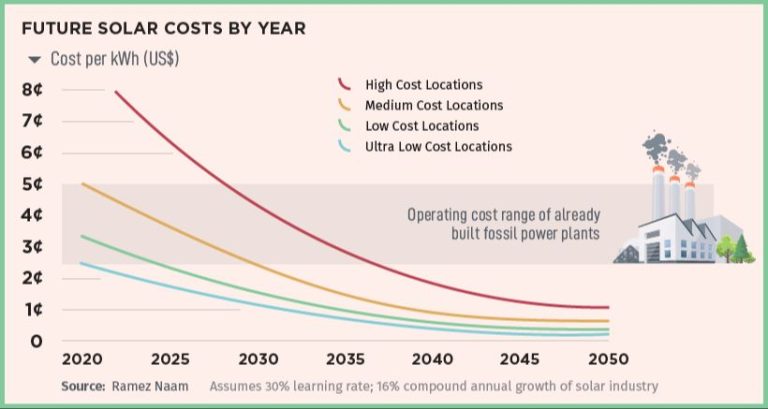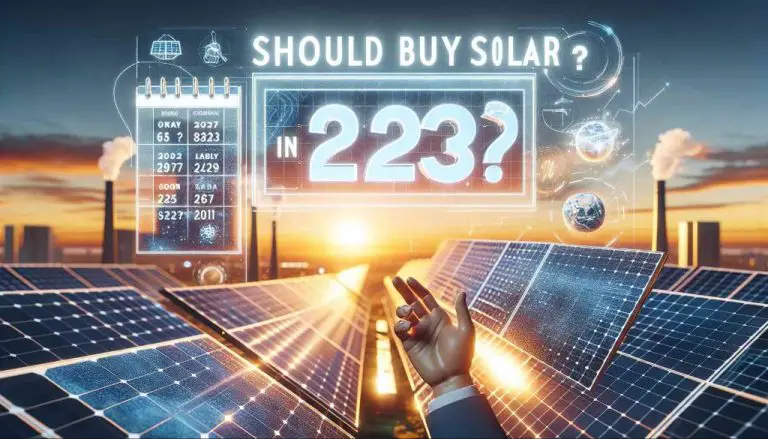What Is A Photovoltaic Cell And How Does It Work?
What is a Photovoltaic Cell?
A photovoltaic (PV) cell is an electrical device that converts sunlight directly into electricity. Sometimes PV cells are referred to as solar cells. The photovoltaic effect was first observed in 1839 by French physicist Edmond Becquerel. However, it was not until 1954 that scientists at Bell Labs in the United States produced a silicon solar cell capable of generating enough electricity to run everyday electrical equipment.
Photovoltaic cells are made up of one or more semiconductor materials such as silicon, which can absorb photons of light and release electrons. When these free electrons are captured, it produces an electric current that can be used as electricity. PV cells do not require direct sunlight to work, they can still generate some electricity on cloudy days.
Today, photovoltaic cells are commonly used in solar panels to convert sunlight into electricity. They provide an environmentally-friendly way of generating renewable power. PV cells have enabled the growth and development of solar power generation around the world.
How Solar Cells Work
Solar cells are made of special materials called semiconductors. Semiconductors have a unique ability to absorb photons of light and release electrons. When sunlight hits a solar cell, it excites the electrons and causes them to flow, generating an electrical current. This process is called the photoelectric effect.
Solar cells are designed with positive and negatively doped silicon layers to form a p-n junction. The p-type layer has an excess of positive charge carriers or “holes”, while the n-type layer has an abundance of electrons. When sunlight enters the solar cell, photons strike the p-n junction and energize electrons in the n-type layer. The electric field across the junction separates charge carriers, driving electrons to the n-side and holes to the p-side. This generates a useful electrical voltage and current through an external circuit.
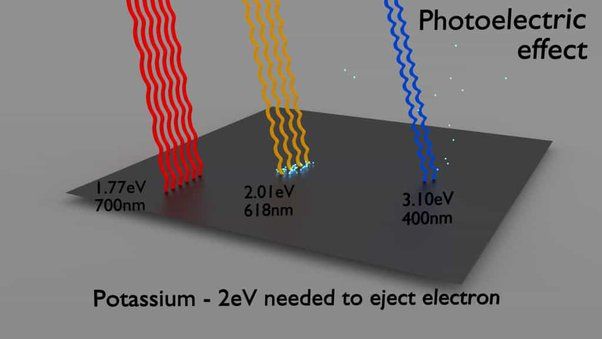
In summary, solar cells convert sunlight into electricity using the photoelectric effect and semiconductor physics. Photons free electrons in the cell which flow in one direction across a p-n junction, producing usable electric power. Solar cell efficiency depends on maximizing light absorption while minimizing electron-hole recombination.
Silicon Solar Cells
The most common type of solar cell is made from crystalline silicon, which is the semiconductor material used in most electronics today. There are two main types of crystalline silicon cells:
Monocrystalline silicon: These solar cells are made from a single silicon crystal, giving them a uniform black color and making them the most efficient type of solar cell, with average efficiency around 15-20%. Monocrystalline silicon cells are cut from a single cylindrical ingot of silicon which gives them their distinctive look with perfectly smooth edges.
Polycrystalline silicon: Also known as multicrystalline silicon, these cells are made from molten silicon cast into ingots which are then sliced into square wafers. The crystallization process results in a speckled blue color and lower average efficiency of around 13-16%. However, polycrystalline cells are cheaper to produce than monocrystalline cells due to simpler manufacturing.
Silicon solar cells have dominated the industry for decades and account for over 80% of the market, with continued improvements in efficiency and cost. Their abundance, stability and well-understood properties make crystalline silicon a reliable photovoltaic material.
Thin Film Solar Cells
Thin film solar cells use very thin layers or films of photovoltaic material, typically a few micrometers thick, compared to silicon solar cells which are around 200 micrometers thick. Thin film solar cells allow manufacturers to produce flexible, lightweight solar panels ideal for building integration. The most common types of thin film solar cells are cadmium telluride (CdTe), copper indium gallium selenide (CIGS), and amorphous silicon (a-Si).
Cadmium telluride (CdTe) is one of the leading thin film technologies, made by depositing a thin layer of cadmium telluride on a substrate like glass or plastic. CdTe absorbs sunlight strongly and has a high conversion efficiency, making it well-suited for thin film panels. However, cadmium is toxic and tellurium is rare, raising environmental concerns.
Copper indium gallium selenide (CIGS) has emerged as another promising thin film technology. It uses an absorber layer made of copper, indium, gallium, and selenium to capture sunlight. CIGS panels have shown excellent efficiency and stability. But indium and gallium are relatively rare metals, limiting large-scale production. Manufacturers are working to reduce material usage without compromising performance.
Amorphous silicon (a-Si) was one of the first thin film technologies developed. It uses a non-crystalline form of silicon rather than the crystalline silicon used in traditional solar cells. Amorphous silicon cells are flexible and lightweight. However, their efficiency degrades faster than other thin film technologies. Ongoing research aims to improve the stability of a-Si cells.
Solar Cell Efficiency
Solar cell efficiency refers to the portion of energy in sunlight that is converted into electricity by the photovoltaic cell. There are two main measures of efficiency:
Record Lab Efficiency
Research labs are constantly working to increase the record lab efficiency of solar cells. The highest confirmed lab efficiency is 47.1% for multi-junction concentrated photovoltaics, meaning nearly half of the sunlight energy striking these cells is converted into usable electricity.
Commercial Efficiency
The lab record is significantly higher than commercial efficiencies, which tend to range from 15% to 22% for crystalline silicon solar panels. This is because lab tests create optimal conditions, while commercial panels operate in real-world conditions with things like high temperatures and shading.
Factors Affecting Efficiency
There are many factors that affect the efficiency of a solar cell, including the semiconductor material used, manufacturing quality, operating temperature, and shading. Ongoing solar cell research aims to improve efficiency by experimenting with new materials, surface texturing, multi-layered cells, and advanced lighting concentrators.
Connecting Solar Cells
Individual solar cells produce only a small amount of power. To increase power output, solar cells are connected together to form modules or panels. Most residential and commercial solar panels consist of 60 or 72 solar cells wired together.
Solar panels can be wired together to form arrays. The number of solar panels in an array depends on the desired power output. Arrays can range from a few panels on a roof to massive ground-mounted systems covering acres of land.
Charge controllers regulate power from solar arrays to prevent overcharging batteries. They monitor battery voltage and keep batteries from overcharging by limiting the current flowing into them once they are full.
Inverters convert DC electricity from solar panels and batteries into AC electricity that can power lights, appliances and electronics. Grid-tied inverters synchronize the AC output with the utility grid to seamlessly connect to the grid.
Applications
Photovoltaic cells have a wide range of applications, including:
Residential
Solar panels on rooftops are a common residential application. Homeowners can install solar PV systems to generate electricity, offset grid purchases, and even sell back excess electricity to the grid.
Commercial
Businesses such as warehouses, factories, offices, and stores can install large rooftop or ground-mounted systems to power their facilities and reduce energy costs.
Utility-Scale
Solar farms with thousands of PV panels can generate megawatts of solar electricity to feed into the grid. Utility-scale systems provide clean power to the utility grid.
Space
Photovoltaic panels provide power aboard spacecraft and satellites. Their lightweight yet durable design makes them well-suited for space applications.
Benefits
Solar photovoltaic cells and panels have numerous benefits that make them an appealing renewable energy technology.
First and foremost, solar PV offers a renewable source of electricity that does not produce any emissions. Unlike fossil fuel power plants, solar panels do not emit greenhouse gases or other pollutants into the atmosphere when generating electricity. This makes solar a clean energy solution that can reduce the environmental impact of electricity production.
Generating electricity from solar panels also enhances energy independence and security. Solar PV allows homes and businesses to produce their own electricity and rely less on the utility grid. Solar helps diversify energy supply and reduces dependence on any single energy source.
The falling prices of solar panels also enable significant cost savings. The cost of solar PV systems has dropped dramatically over the past decade, making solar power increasingly cost competitive with conventional energy sources. Households and companies utilizing solar PV can reduce their electricity bills and benefit from zero-fuel costs once the system is installed.
Overall, solar photovoltaic technology provides renewable, low emission electricity generation that can promote energy independence and lead to long-term cost savings.
Challenges of Solar Cells
While solar cells offer many benefits, there are still some key challenges that need to be addressed:
Intermittency
Solar cells only produce electricity when the sun is shining. At night and on cloudy days, solar cell output is diminished. This intermittency means solar often needs to be paired with battery storage or supplementary generation sources like natural gas.
Storage
As mentioned above, the intermittent output of solar cells means energy storage is often required. Battery storage can be expensive and adds complexity to solar systems.
Space Required
Solar cells require a large surface area to collect sufficient sunlight. Ground-mounted or rooftop installations take up significant space. This can be a challenge in crowded urban environments.
Cost
While prices have dropped dramatically, solar cells are still an investment. The cost of purchasing and installing a solar system may be prohibitive for some homeowners and businesses.
Future Outlook
The future looks bright for improvements in photovoltaic cell technology and new applications. Some key areas researchers are focusing on include:
Improving Efficiency
There are ongoing efforts to improve the efficiency of existing solar cell designs. This includes optimizing silicon cells as well as developing new architectures and materials for thin film cells. Multi-junction solar cells that stack multiple semiconductor layers have achieved very high efficiencies in lab settings.
Perovskite Solar Cells
An emerging type of thin-film solar cell uses a class of materials called perovskites. Perovskite solar cells have seen rapid efficiency gains in recent years and have potential for further improvements. However, work is needed to improve their stability and manufacturability.
Organic Solar Cells
Solar cells based on organic materials, such as polymers and dyes, are lightweight and flexible. Organic PV offers possibilities like integrating solar cells into fabrics or other products. Lifespan and efficiencies are still relatively low compared to inorganic cells.
New Applications
As solar cell technology evolves, researchers are finding new ways to apply them. Examples include solar windows that generate electricity, solar roof shingles, and devices that integrate PV cells with batteries. There is also research into solar fuel generation using PV to split water into hydrogen and oxygen.

